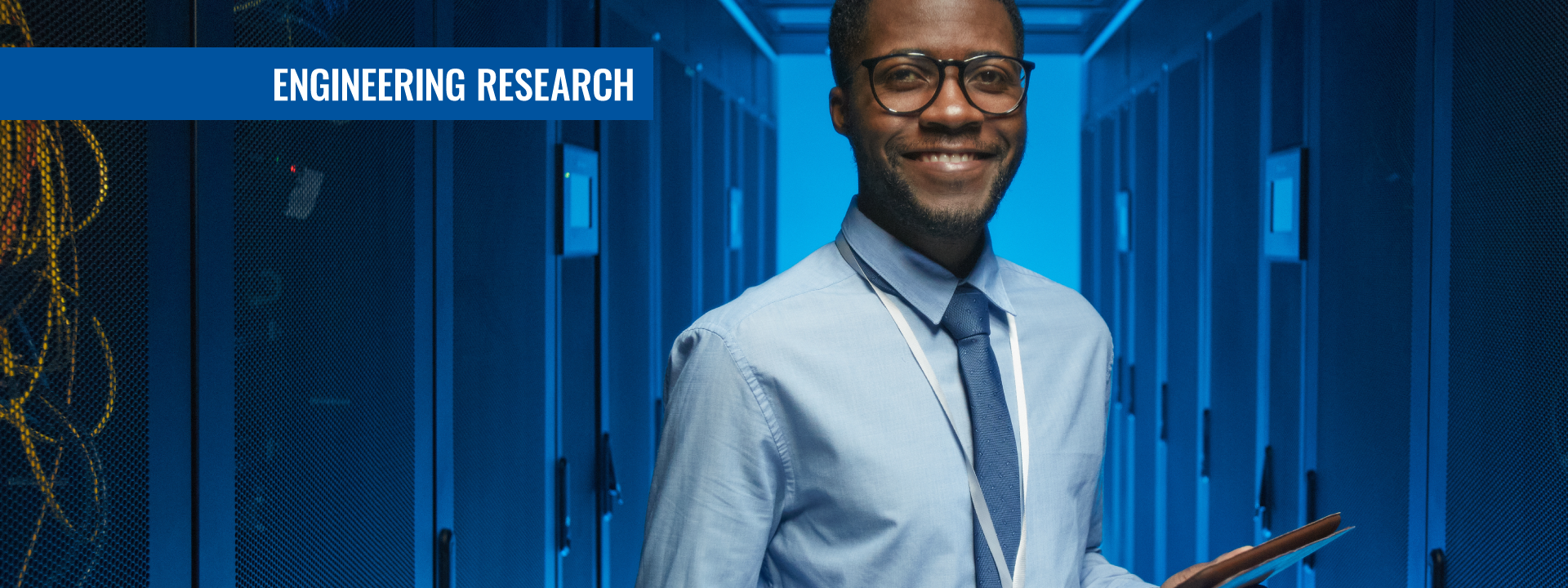Faculty Research Grant Highlights
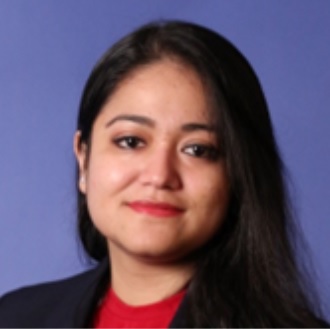 NSF Project: Title: Cyber Resilient 5G Enabled Virtual Power System for Growing Power Demand, Dr. Ghosh (PI), $200,000, NSF
NSF Project: Title: Cyber Resilient 5G Enabled Virtual Power System for Growing Power Demand, Dr. Ghosh (PI), $200,000, NSF
The demand for clean power is on the rise globally. The United States Department of Energy has projected that the percentage of clean electricity generated by solar power will increase to 33% of the total electricity demand in the U.S. by the year 2050. The present substation infrastructure lacks the ability to integrate with other renewable resources. To avoid the need to upgrade the distribution infrastructure, solar-powered systems can be connected to the network. Today, Distributed Energy Resources (DER) such as solar, wind and energy storage systems complement traditional power plants which generate electricity centrally. Electricity produced from these energy resources can be coordinated intelligently like a "single utility-scale power station". Such a concept is known as a Virtual Power Plant (VPP). This research will design a 5G-enabled smart Artificial Intelligence (AI) based microinverter for a pole-mounted solar power system that is equipped with an energy storage system which will allow it to connect to low-voltage distribution networks to operate as a VPP. To ensure uninterrupted power, the 5G communication between the photovoltaic (PV) and the battery system, the smart microinverter, and the Supervisory Control and Data Acquisition (SCADA) should be secure. The VPP security needs are totally different from those of the traditional information technology networks. The data collected from the smart microinverter will be used to train a predictive model to better manage the system for improved performance. The VPP must be safeguarded from various security threats, such as malware intrusion, unauthorized access using SQL code, compromised communication, replay attack, network unavailability, eavesdropping, and traffic analysis. This research will include the design of a security framework for the VPP, that includes the PV/battery system, the microinverter, and SCADA communication network system based on the data collected from the controller to detect and mitigate the risks and attacks.
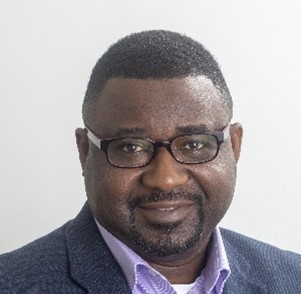 NSF Project: Research Initiation Award: Microstructural Evolution and Constitutive Modeling of Creep and Elevated Temperature Quasi-Static Tensile Deformation in Additively Manufactured Grade 91 Steel Alloy, Dr. Fasoro (PI), $150,000, NSF
NSF Project: Research Initiation Award: Microstructural Evolution and Constitutive Modeling of Creep and Elevated Temperature Quasi-Static Tensile Deformation in Additively Manufactured Grade 91 Steel Alloy, Dr. Fasoro (PI), $150,000, NSF
One of the attractions of the additive manufacturing (AM) process is the greater design freedom which permits fabrication of sophisticated designs with little regard to machining constraints. Creep, the time-dependent deformation under statically applied load at high homologous temperature is detrimental, resulting in catastrophic failures and/or substantially reduced life of critical structural components in nuclear, aerospace, and microelectronic industries. Given that additive manufacturing (AM) is proliferating as a manufacturing technique across many industries, it is imperative to characterize creep mechanisms in AM ferritic steel alloys, a topic that has not been addressed in either the AM literature or the materials science literature.
The goal of this research is to study the creep behavior of AM ferritic grade 91 steel alloys which are potential materials for high-temperature structural applications in the aerospace and nuclear energy industries. For this study, the test loads will range from 100 MPa to 300 MPa, while the test temperatures will range from 300 oC – 700 oC. The role of vacancies, dislocations, microstructure and grain stability on creep at elevated temperatures in AM ferritic grade 91 steel alloy will also be investigated. Creep testing will be complimented with microstructural study using optical microscopy (OM), scanning electron microscopy (SEM), energy dispersive spectroscopy (EDS), and Rietveld refinement to gain insight into the fundamental mechanisms that control creep in AM ferritic grade 91 steels. The results of this study will aid the development of new generation of creep resistant superalloys, impacting the scholarly communities of AM and materials science, aerospace, and nuclear engineering industries. Dr. Fasoro is an Assistant Professor of Mechanical and Manufacturing Engineering at Tennessee State University (TSU). Prior to joining TSU, Dr. Fasoro was an Assistant Professor of Manufacturing Engineering at Central State University (CSU), Wilberforce, OH where he served as the PI and Program Director for the Verizon Innovative Learning (VIL) for Minority Males (MM) from 2016 to 2018. The VIL program is a student oriented hands-on program that introduced mobile technology and 3D printing to middle school (grades 6-8) students. He is a member of ASME, TMS, ASM, and ASTM. He served as a session organizer for the 2017 ASME International Mechanical Engineering Congress and Exposition (IMECE) symposium held in Tampa, FL.
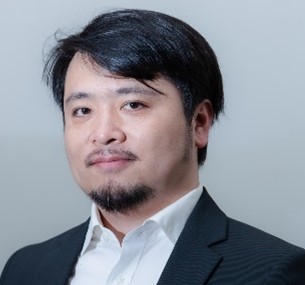 Title: A Simple Model For All, Dr. Chen (PI), $300,000, NSF
Title: A Simple Model For All, Dr. Chen (PI), $300,000, NSF
Emergence is a unique phenomenon that is widely observed in philosophy, systems theory, science, and art. In a nutshell, when enough parts are interacting with each, new properties or behaviors of all parts will emerge. For example, the tornado-like movement of a school of fish is completely different from that of a single fish. Emergence is also observed in fluid dynamics, in which the bulk fluid movement at large scales (such as river) is completely different from that at small scales (such as a water droplet). Because of this, we must use different models at different scales. This may not be a problem if the scale does not change, but will create a challenge for multi-scale problems, in which significantly wide spectrum of length scales is present. In order to overcome this, Dr. Leitao Chen has developed a genuine multi-scale model based on the Boltzmann equations for multi-scale fluid transport problems. A representative multi-scale fluid transport problem is the fluid flows in porous media (the size of the bulk porous media is usually at least several orders of magnitude larger than the size of pores and flow channels). Dr. Chen’s model demonstrates excellent performance both in terms of accuracy and computational overhead compared to existing models. In addition, it can simulate the fluid problems with multiple physical and chemical processes. The multi-scale and multi-physics/chemistry fluid transport in porous media are extremely common - they occur in groundwater remediation, energy storage, and many more fields related to the food-energy-water nexus, and so have tremendous potential impacts on the environment, health, and economy. Enhanced simulation results by Dr. Chen’s new model can assist engineers and researchers in creating more efficient processes and better design. Due to the promising potential of this new model, in 2022, ME Professor Dr. Chen has received the NSF HBCU-UP RIA award and the NSF CBET-TTP award with a total of $426,000.
 Title: Autonomous Software Security Vulnerability Testing based on Machine Learning and AI. Dr. Dr. Fenghui Yao (PI), $150,000 AFRL
Title: Autonomous Software Security Vulnerability Testing based on Machine Learning and AI. Dr. Dr. Fenghui Yao (PI), $150,000 AFRL
In today’s multi-user interconnected computing environment, if a hacker uses a certain time to launch an attack, the loss and cost are difficult to predict. Although both academia and industry are making great efforts to improve software quality, vulnerabilities remain a critical problem. According to the statistics released by the Common Vulnerabilities and Exposures (CVE) organization, the number of software vulnerabilities discovered in 2020 and 2021 was 18,325 and 20,150, respectively. This number is anticipated to increase linearly. Over the past decades, many different approaches have been proposed to mitigate the damages of software vulnerabilities (SV). In recent years, many automated approaches have been suggested. Some example techniques are: (i) CCLeaner which is a token-based clone detection approach using deep neural networks (DNN); (ii) CDLH (Clone Detection with Learning to Hash) which is an end-to-end deep feature learning framework which simultaneously learns representations of code fragments and parameters of hash functions using a LSTM (Long Short Term Memory) network; (iii) Software vulnerability detection using bidirectional LSTM (BLSTM); (iv) Random Forest based quantitative analysis on security patch types; (v) Data mining based techniques for software vulnerabilities; (vi) Software vulnerability classification based on a convolutional neural network (CNN) and a gate recurrent unit neural network (GRU). On the other hand, Python jumped to the number one most popular programming language in 2022. The proposer predicts that more and more applications will be written in Python in the future and vulnerabilities of Python applications will become a critical issue. However, based on the proposer’s knowledge, there does not exist a Python dataset for vulnerability detection research. This motivates the proposer to work on vulnerability detection targeting an application written in Python, based on machine learning and AI techniques. This project provides great educational impact. The undergraduate students will be exposed to state-of-the-art, background knowledge in the field of software vulnerability tests related to the research project. Students will be trained in the required research techniques and methods of literature survey, as well as how to generate hypotheses, formulate tests to validate hypotheses, collect data, and communicate with colleagues via written materials and oral presentations at professional and scientific meetings. Students will solve research problems with the help of mentors (faculty and graduate students) and will transform themselves into relatively independent young researchers. The research experience and independence will help generate enthusiasm and confidence in the students and will increase the likelihood of them pursuing graduate studies and careers in STEM-related fields, potentially joining the AFRL workforce. In addition, the proposed technology can greatly improve the public safety of software assets of all communities. Both of these impacts are of great benefit to American society.
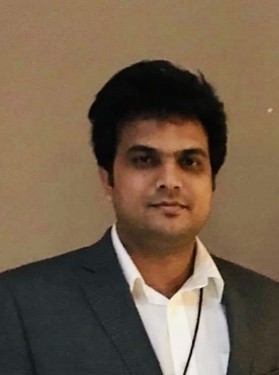 Title of the new grant: Zero-trust architecture for secure communication in beyond 5G (B5G) networks. Dr. Hasan (PI), $157,000, NSF
Title of the new grant: Zero-trust architecture for secure communication in beyond 5G (B5G) networks. Dr. Hasan (PI), $157,000, NSF
Dr. Hasan is an assistant professor of Electrical and Computer Engineering. His research interest includes Cyber-Physical Systems (CPS), CPS security, computer networks and security, and Software enabled network security, Machine Learning (ML), Artificial Intelligence (AI) empowered automation in cybersecurity, and wireless network security. Since 2014 he has worked on four research projects funded by the Department of Defense (DoD), National Science Foundation (NSF), Department of Energy (DoE), and Electric Power Research Institute (EPRI). Recently, NSF awarded Dr. Hasan a grant to propose a novel AI/ML aided zero-trust (ZT) framework for secure communication. The increased industrial automation, digital twins for emerging cyber-physical systems (CPS), and the transition from Industry 4.0 to the forthcoming Industry X.0 paradigm will drive connection density far above 106/km2, which was an initial target for 5G. These challenges compel the next generation of wireless communications beyond 5G (B5G) or sixth-generation (6G) cellular communication systems. With the advent of different types of communication systems with advanced network architecture, data communication security has become an indispensable entity without sacrificing the communication's Quality of Service (QoS). The traditional perimeter security model fails to protect network communications from internal and external intruders. In contrast, the proposed ZT model effectively protects communication in both intrusion scenarios. This project is being submitted to the CNS in response to the solicitation of the CISE-MSI program for consideration. The Department of Electrical and Computer Engineering (ECE) at Tennessee State University (TSU) has been preparing to meet the cutting-edge demand for the next generation of secured communication systems to support current undergraduate and graduate students. As the department is actively planning to build robust research capacity and infrastructure in this area, the proposed project can be highly potential and beneficial for the research community with strong collaboration from the Department of Electrical Engineering and Computer Science (EECS) at Howard University (HU). As an outcome of the project, innovative theoretical design and practical implementation of proposed algorithms in an open-source standardized prototype will be offered to the scientific community, educators, and researchers to design the next-generation secure communication systems. In addition, graduate student recruitment efforts and the plan for modernizing curricula to include AI-based modeling in secure communication systems will immediately impact future minority engineers. They will also positively impact the long-term mission of TSU.
 Title: Safety Assurance of AI-enabled Classifiers Trained Based on Synthetically Generated SAR Imagery, Dr. Amir Shirkhodaie (PI), $150,000, AFRL
Title: Safety Assurance of AI-enabled Classifiers Trained Based on Synthetically Generated SAR Imagery, Dr. Amir Shirkhodaie (PI), $150,000, AFRL
Latest progress in AI-enabled machine learning has led to impressive technological advances. Computers now outperform humans on a surprising variety of tasks, from games (e.g., Chess, Go, and trivia), to language problems (e.g., speech recognition and translation), to computer vision tasks (e.g., autonomous driving, recognizing complex patterns, and events). However, machine learning techniques often failure because they rely on fitting intricate mathematical models to training data. When very large, high-quality training datasets are available, deep networks can readily learn a model for nearly any dataset. However, when training sets are small-scale or biased, as often happens in practice, the networks “overfit” the training data while performing unexpectedly, erroneously, and even nonsensically on new examples. Moreover, given the complexity and black box nature of these models, it is usually difficult to debug or fix a failure. Although much work is done trying to build better algorithms, fixing them will be a long-term effort. We propose a fundamentally different approach built on the hypothesis that instead of “fixing” the black box, we need to make it more transparent by developing advanced techniques that allow both students and machine learning practitioners to visualize what is learned by deep networks and how different parameters of the learning affect the learned representation and the process by which it is learned. Our overall goal is to develop practical visualization tools that help machine learning to be effectively applied to challenging but critical classification problems such as those encountered by the Air Force. We address five specific challenges, (1) Learning model vulnerability analysis, (2) limited training datasets, (3) lack of explain ability, transparency, and diagnosability, (4) adversarial inputs, and (5) shortage of expertise with machine learning in the workforce.
To evaluate and measure the robustness in the AI assurance approach, a domain specific problem related to remote sensing will be investigation. In this study, generated physics-based synthetic aperture radar imagery will be exploited with the aim to train AI-enabled classifiers such as deep learning convolutional neural networks to differentiate specific target objects. This study will be performed based on three orthogonal principles: Application Systems, Application Quality, and Application Operation. The goal is to establish suitable metrics for uncertainty quantifications associated with the key problem parameters and hence determine their impacts upon the overall AI system’s learnability, explain ability, reliability, and trustworthiness. Another goal is to train students with the state-of-the-art techniques pertaining to this research endeavor.
webpage contact:
ERI


